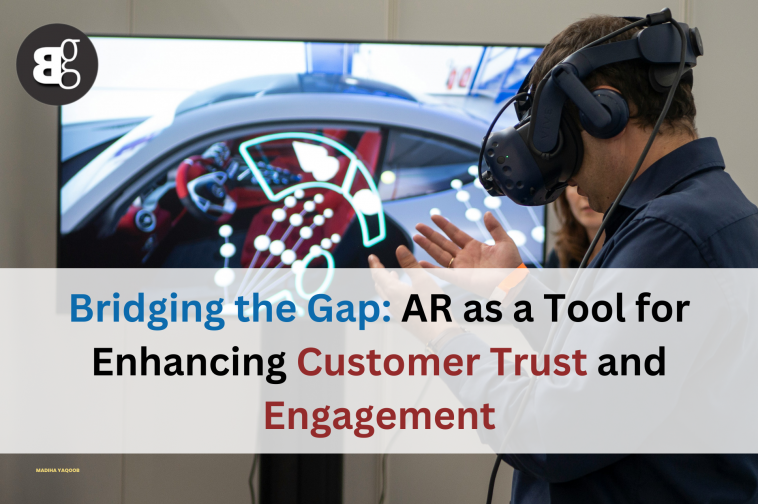Bridging the Gap: AR as a Tool
The use of technology in retail serves as a bridge between traditional shopping experiences and the digital future. Among these technological advancements, augmented reality (AR) stands out as a transformative tool. Particularly in the luxury goods sector, such as jewelry, the integration of AR jewelry technology is redefining consumer interactions. It offers a blend of virtual and real-world experiences that enriches customer engagement and builds trust.
Role of AR in Modernizing Jewelry Shopping
The retail landscape for luxury items like jewelry has traditionally relied on the physical presence of the customer in the store. This model allows for a tactile engagement with the product, fostering a connection that often influences purchasing decisions. However, the digital age demands adaptation. Therefore, AR technologies are paving the way for a new type of consumer experience.
Augmented reality allows customers to visualize products on their own bodies without the need to visit a store. This technology not only bridges the gap between the digital and physical realms but also adds a layer of convenience and accessibility that was previously unavailable. By enabling customers to see how a piece of jewelry or clothing looks on them, augmented reality enhances decision-making confidence and significantly enriches the user experience.
Read more: 5 Essential Reads on Artificial Intelligence for 2024
Enhancing Consumer Confidence with Virtual Try-Ons
One of the best benefits of augmented reality is its ability to boost consumer confidence. The virtual try-on feature is a hallmark of augmented reality in industries like jewelry shopping. It allows consumers to preview items through their smartphones or other AR-enabled devices. This immersive interaction mimics the in-store experience, providing a realistic preview of how earrings, necklaces, bracelets, or rings might look when worn.
This virtual fitting room concept addresses one of the most prominent hurdles in online shopping: the uncertainty about product appearance and fit. By reducing the guesswork associated with these purchases, augmented reality fosters a sense of security and trust among potential buyers, leading to higher satisfaction and increased sales conversions.
Building Engagement Through Personalized Experiences
AR also plays an important role in creating personalized shopping experiences that captivate and engage customers. By using applications like AR jewelry software, retailers can offer unique, customizable experiences that resonate on a personal level with each consumer. Customers can modify aspects such as the gemstone color, metal type, and design settings of their jewelry, seeing these changes in real-time through augmented reality. This not only makes the shopping experience more engaging but also empowers customers, giving them a role in the creation of their perfect piece.
You might also like: The Role of AI in the E-commerce Landscape
Personalization through augmented reality increases engagement and enhances the connection customers feel with a brand. This emotional investment is crucial for customer retention and advocacy, particularly in the luxury market, where personal touch and exclusivity play significant roles.
Impact on Retail Dynamics and Future Trends
The adoption of augmented reality is reshaping the dynamics of the retail industry. It is reducing the need for large physical inventories, as customers can browse an extensive digital catalog and try pieces virtually. This shift not only cuts down on the overhead costs associated with stock but also allows retailers to offer a wider range of designs and styles, meeting the diverse tastes and preferences of a global audience.
Furthermore, as technology advances, the potential of augmented reality in industries like jewelry retail continues to expand. Future trends may include even more immersive experiences, such as AR-driven storytelling where the history and craftsmanship behind a piece of jewelry are shared through engaging, interactive formats. This could further enhance customer engagement and brand loyalty.
Final words:
The integration of augmented reality is more than just a technological advancement; it is a strategic tool that bridges the gap between both traditional and digital shopping experiences. By enhancing customer trust through realistic previews, personalized interactions, and engaging storytelling, AR is setting a new standard in customer engagement. As technology evolves, it will undoubtedly continue to play an important role in shaping the future of the retail industry and beyond. This symbiotic relationship between technology and consumer experience is the foundation of modern retail. Therefore, its continued development promises to bring even more innovative solutions to the forefront of the shopping experience.




